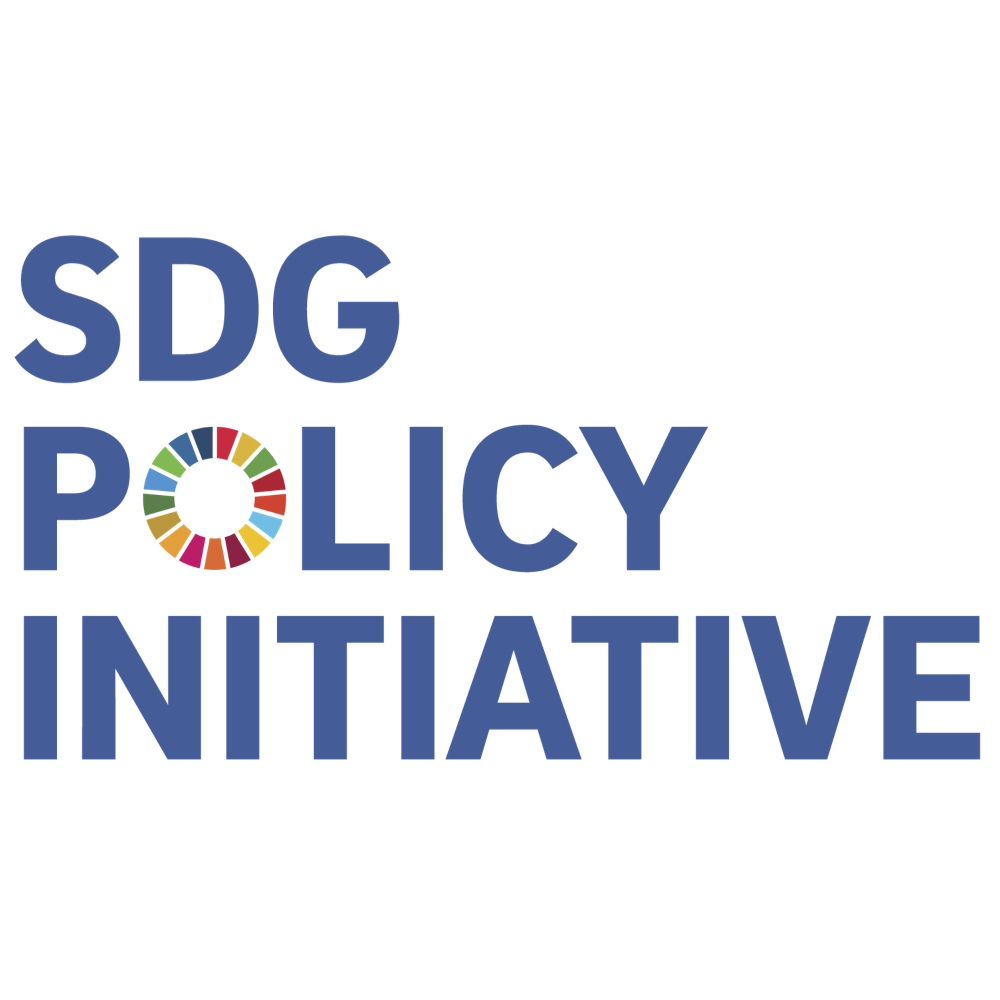This table provides metadata for the actual indicator available from San Diego statistics closest to the corresponding global SDG indicator. Please note that even when the global SDG indicator is fully available from San Diego statistics, this table should be consulted for information on national methodology and other San Diego-specific metadata information.
| Goal |
Goal 1: End poverty in all its forms everywhere |
|---|---|
| Target |
Target 1.2: By 2030, reduce at least by half the proportion of men, women and children of all ages living in poverty in all its dimensions according to national definitions. |
| Indicator |
Indicator 1.2.1: Proportion of population living below the national poverty line, by sex and age |
| Definition and concepts |
Definition:The national poverty rate is the percentage of the total population living below the national poverty line. The rural poverty rate is the percentage of the rural population living below the national poverty line (or in cases where a separate, rural poverty line is used, the rural poverty line). Urban poverty rate is the percentage of the urban population living below the national poverty line (or in cases where a separate, urban poverty line is used, the urban poverty line). Concepts:In assessing poverty in a given country, and how best to reduce poverty according to national definitions, one naturally focuses on a poverty line that is considered appropriate for that country. Poverty lines across countries vary in terms of their purchasing power, and they have a strong economic gradient, such that richer countries tend to adopt higher standards of living in defining poverty. Within a country, the cost of living is typically higher in urban areas than in rural areas. Some countries may have separate urban and rural poverty lines to represent different purchasing powers. |
| Unit of measure |
The unit of measures is the proportion of the population per census tract. |
| Data providers |
American Community Survey 5-Year Data (2019) |
| Data last updated | 2022-02-17: see changes on GitHub opens in a new window |
| Metadata last updated | 2022-05-10: see changes on GitHub opens in a new window |
